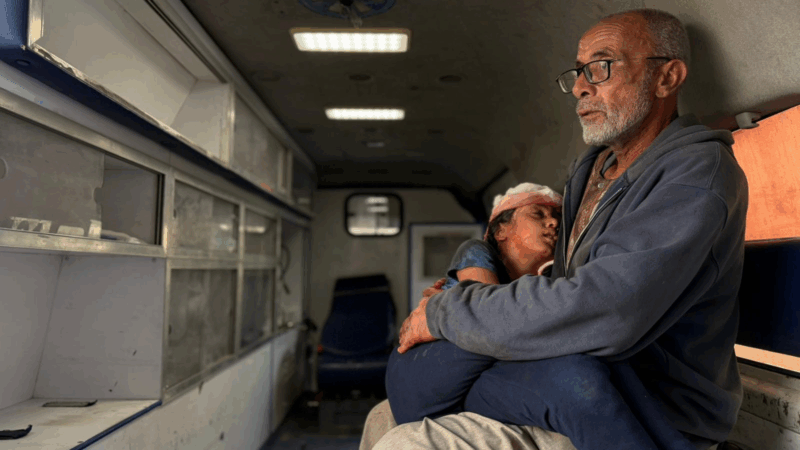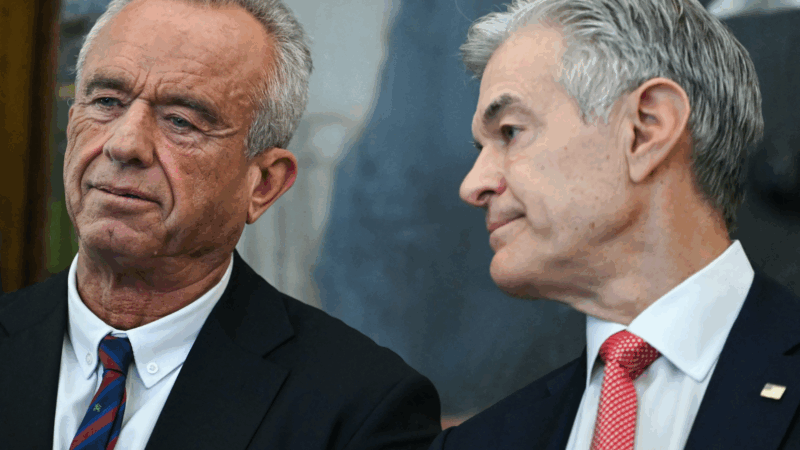Photos: Two years of war in Sudan

Editor’s note: This story contains graphic images of violence and death.
Sudan’s catastrophic civil war is grinding into a third year. A conflict that continues to shatter a country that much of the international community still struggles to pay attention to.
Tens of thousands have been killed since The Sudanese Armed Forces and the Rapid Support Forces paramilitary group started fighting in the capital Khartoum in April 2023. The two military factions had seized power from a transitional civilian government in 2021. Then they turned on each other two years later, with devastating consequences.
The facts are well documented. Sudan faces the worst humanitarian crisis in the world with hundreds of thousands suffering from famine according to the United Nations. The country faces the world’s largest displacement crisis — over 15 million people have been forced to flee their homes.
Both sides have been accused of atrocities, with the RSF — accused of genocide. The U.S. State Department said the RSF had “systematically murdered men and boys—even infants—on an ethnic basis, and deliberately targeted women and girls from certain ethnic groups for rape and other forms of brutal sexual violence.”


The worst of that genocidal violence is in the western Darfur region. Over the last few days the violence has spiraled. More than 300 people, have been killed in two major displacement camps near El-Fasher city in the western Darfur region, as the RSF launches a major assault on the last state capital in Darfur under the control of the Sudanese army.
Two years on and the Sudanese army has managed to wrest back control of the capital Khartoum. Once a charming and vibrant city at the confluence of the banks of the White and Blue Niles, it is now a shadow of its former self. Health services have collapsed, the capitals airport and many major landmarks destroyed, the national museum systematically looted. Much of the city is rubble.
Despite the unprecedented impact of the war there has been little concerted international action to address it. International donors have so far only committed a fraction of the money called for by the U.N. for Sudan.
On Tuesday, as the war moved into its third year, foreign ministers from 20 countries in met in London in an effort to restart stalled peace talks. The conference, co-hosted by the U.K., France and Germany, took place without the main protagonists – the Sudanese army and the RSF.
In his opening remarks the conference host, the U.K.’s Foreign Secretary David Lammy said, “Many have given up on Sudan. That is wrong…. We simply cannot look away.” But so far, it seems that the world has.


![Maryam holds the 7-month-old child she gave birth to inside a refugee camp in Gezira, Sudan, on Dec. 10, 2023. She says 'I traveled from Mayo, in southern Khartoum, to the city of Wad Madani. The trip took three days on a karoo [a wooden cart pulled by a donkey], and I was with my six children and was five months pregnant at the time.'](https://npr.brightspotcdn.com/dims3/default/strip/false/crop/6720x4480+0+0/resize/1200/quality/75/format/png/?url=http%3A%2F%2Fnpr-brightspot.s3.amazonaws.com%2Fc3%2Fa1%2F4a17f26e44af8d853c714bfdc468%2Faiz7846.JPG)








Inflation cools slightly in November as worries about affordability grip Americans
The cost of living in November was up 2.7% from a year ago, according to a report Thursday from the Labor Department. That's a smaller annual increase than for the 12 months ending in September.
New York has a new Archbishop. His background looks a lot like Pope Leo’s
Like Pope Leo, Bishop Ronald Hicks is an Illinois native with deep experience in Latin America.
Could international troops be sent to Gaza? Here’s why Trump’s plan hinges on it
President Trump's peace plan for Gaza hinges on international troops in Gaza, but Israel is skeptical and no country has yet agreed to send their soldiers.
RFK Jr. and Dr. Oz to announce moves to ban gender-affirming care for young people
Health Secretary Robert F. Kennedy Jr. is expected to announce a package of measures that would together ban gender-affirming care for minors. A press conference is set for 11 a.m. Thursday.
20 years later, Waveland’s letters to Santa tell stories of recovery from Hurricane Katrina
More than a thousand letters were written and answered after the hurricane. They’re now housed in an exhibit at the Ground Zero Hurricane Katrina Museum.
A new ‘Avatar,’ a marital stand-up story and a gut-wrenching drama are in theaters
A new drama uses the real, gut-wrenching recordings of a call for help from Gaza to tell a harrowing and profound story.








